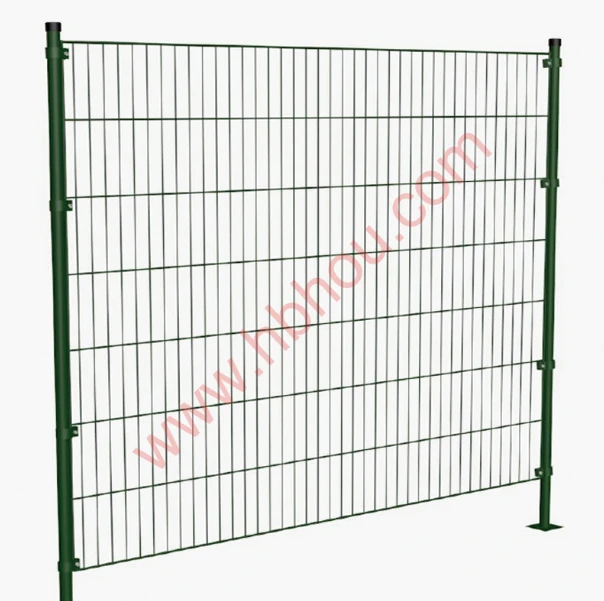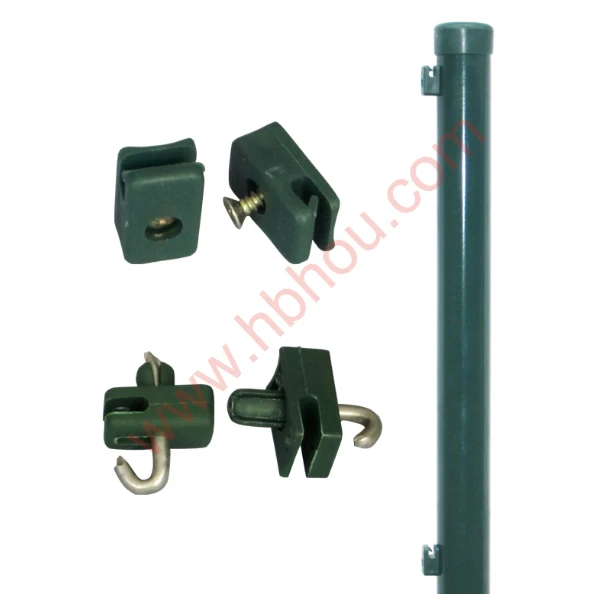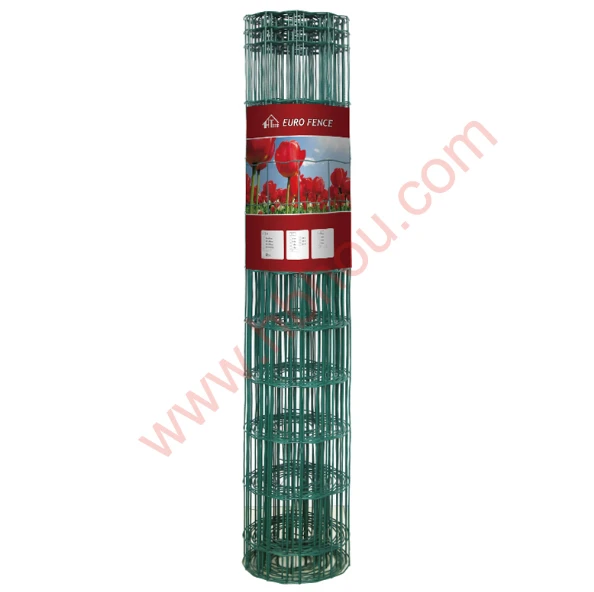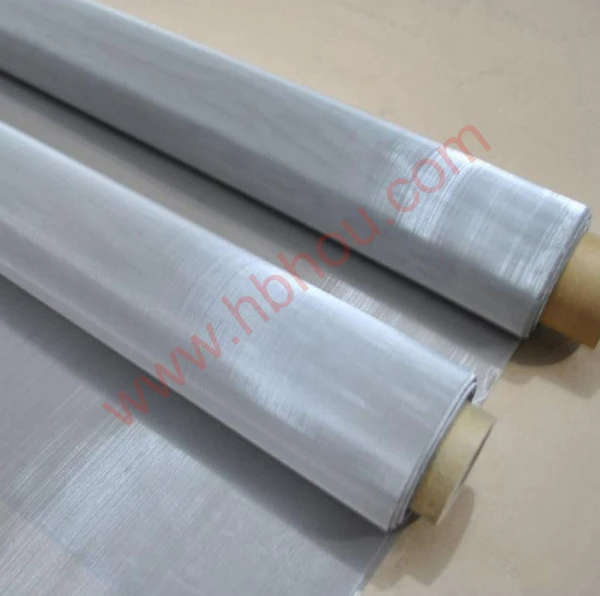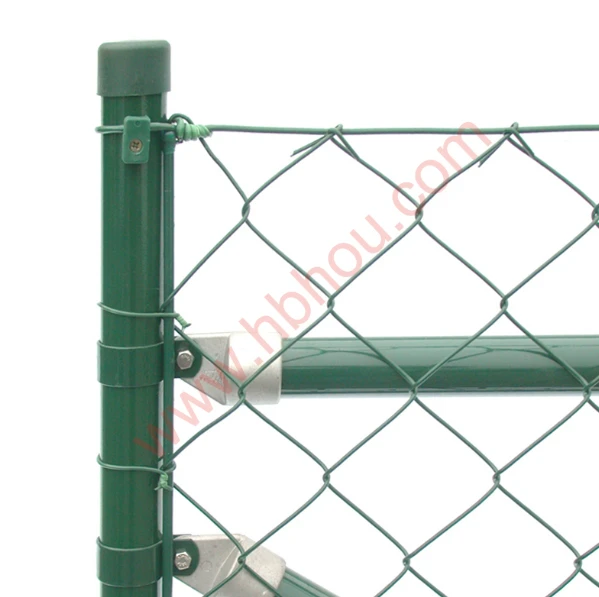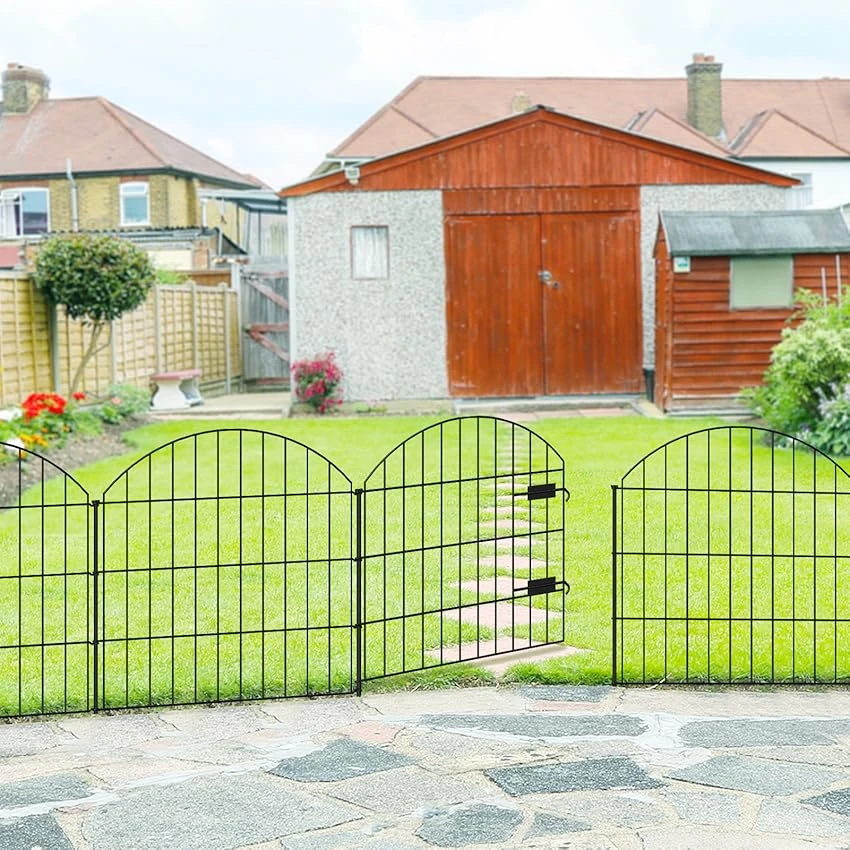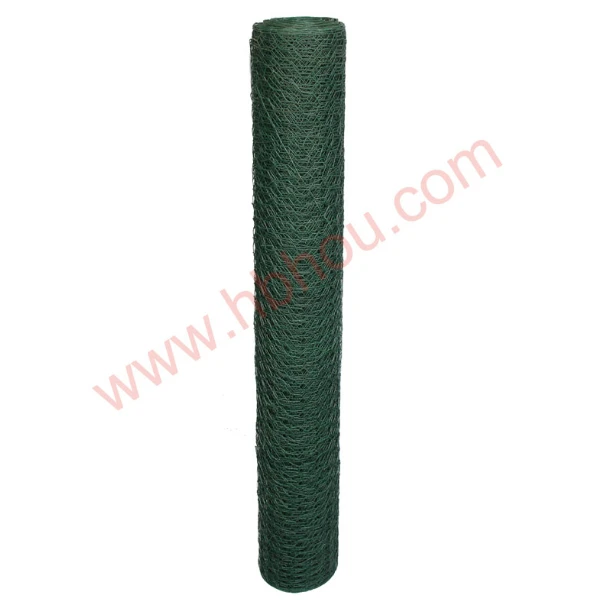Gabion Walls and Retaining Walls An Overview
In the world of civil engineering and landscaping, the use of walls to stabilize and control land is paramount. Among the most effective solutions are gabion walls and retaining walls, both of which serve essential functions in managing soil and water. While they may seem similar at first glance, they possess distinct characteristics and applications that make them suited for different scenarios.
Gabion Walls
Gabion walls are structures made from wire mesh cages filled with rocks, stones, or other materials. The term gabion comes from the Italian word gabbione, meaning big cage. This method of construction is centuries old but has gained popularity in modern landscaping and erosion control due to its aesthetic appeal and ecological benefits.
One of the primary advantages of gabion walls is their permeability. Unlike solid walls that can trap water, causing hydraulic pressure and soil erosion behind them, gabion walls allow water to flow through. This attribute makes them particularly effective in areas prone to high rainfall or runoff, as they minimize the potential for flooding and stabilize the surrounding soil by reducing the forces acting on the wall. Moreover, the rock-filled cages blend naturally with the environment, offering an attractive, rustic appearance that can enhance the landscape.
In addition to their environmental benefits, gabion walls are relatively easy and cost-effective to construct. They are often made using local materials, which can reduce transportation costs and the carbon footprint associated with building materials. Furthermore, they can be customized to various heights and configurations, allowing for flexibility in design for specific project needs.
Retaining Walls
gabion wall and retaining wall

Retaining walls, on the other hand, are structures specifically designed to hold back soil and prevent erosion. These walls come in various materials, including concrete, stone, timber, and even earth-berming techniques. A retaining wall provides lateral support for sloped lands, enabling the construction of terraces for landscaping, pathways, or building foundations.
The primary function of a retaining wall is to manage changes in elevation and prevent soil from sliding or collapsing onto lower areas. This is especially crucial in hilly terrains or places with significant changes in grade. Unlike gabion walls, traditional retaining walls are often solid and impermeable, relying on proper drainage systems to mitigate water pressure behind the wall. Failure to manage drainage can lead to severe damage or collapse due to hydrostatic pressure building up against the wall.
In terms of aesthetics, retaining walls can be designed in various styles, from sleek modern finishes to natural stone appearances that evoke a more rustic feel. The choice of materials and design will largely depend on the specific needs of the project, the landscape, and budget constraints.
Conclusion
Both gabion walls and retaining walls play critical roles in landscaping and civil engineering, but they serve different purposes and offer different benefits. Gabion walls excel in erosion control and environmental integration, making them an excellent choice for areas prone to water flow and erosion. In contrast, retaining walls provide essential structural support in varied terrains, preventing soil movement and ensuring stability for constructions above.
In choosing between the two, it is crucial to assess the specific site conditions and project goals. A combination of these structures can also be employed for enhanced effectiveness, giving engineers and landscapers a robust toolkit for managing and enhancing the natural landscape.









